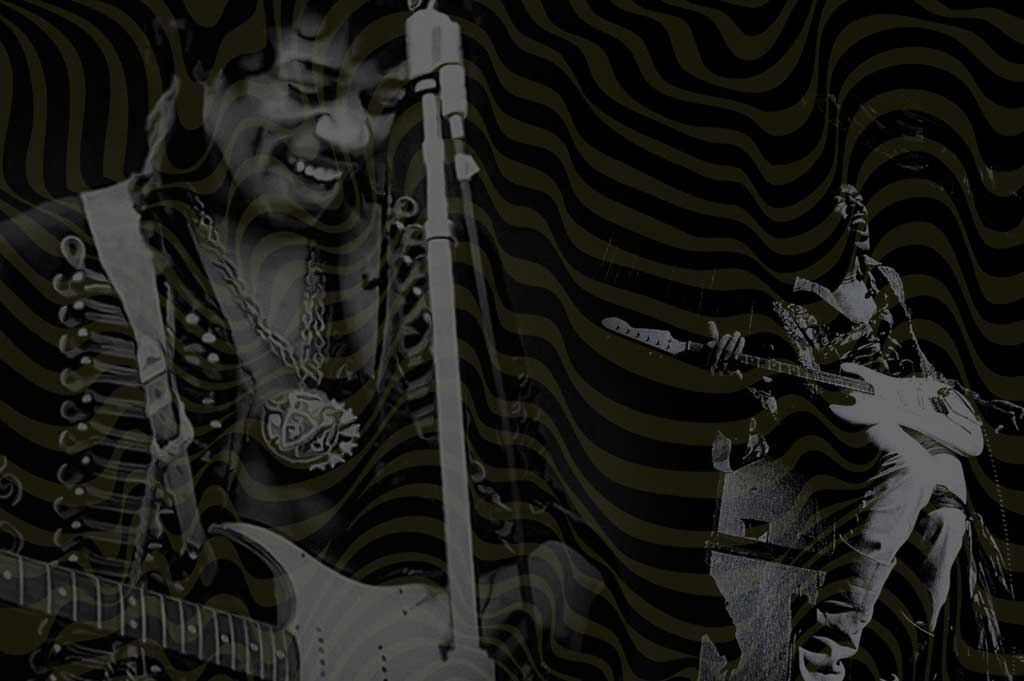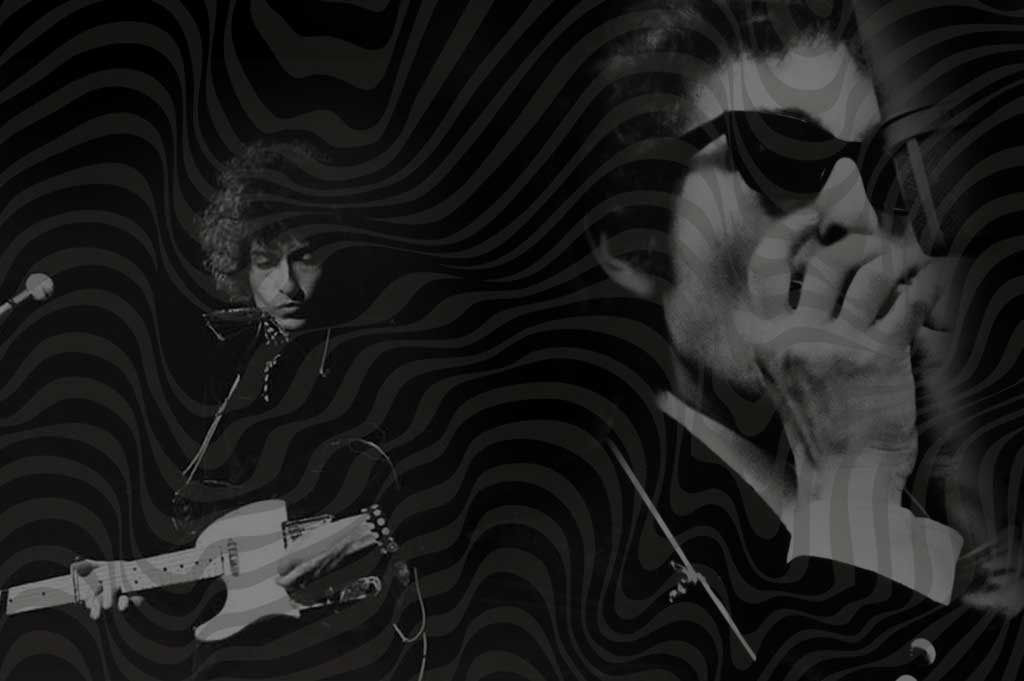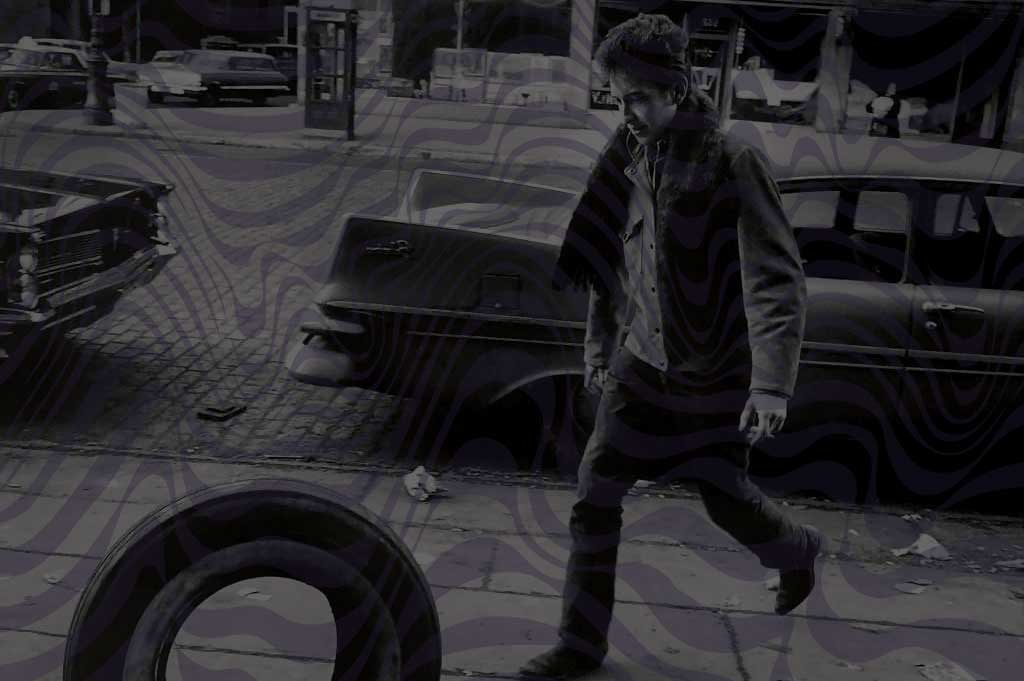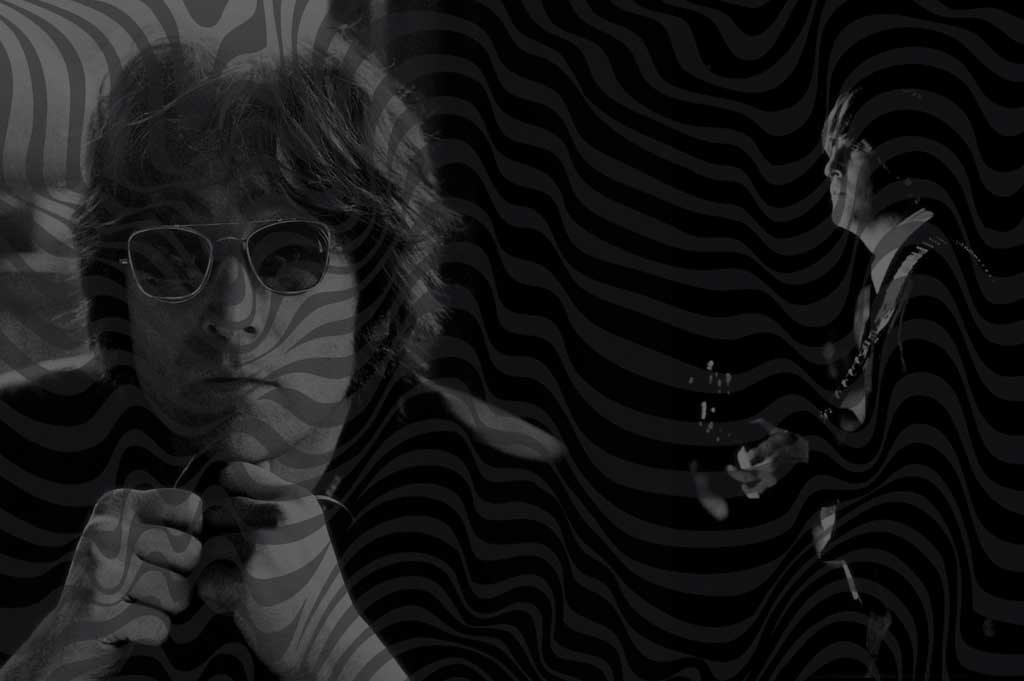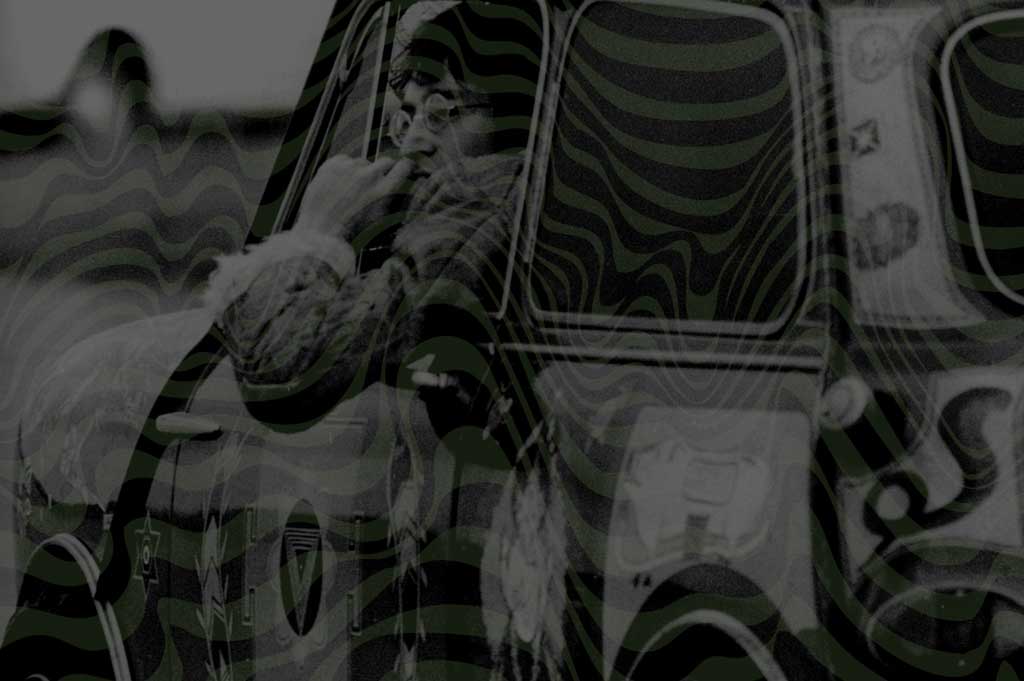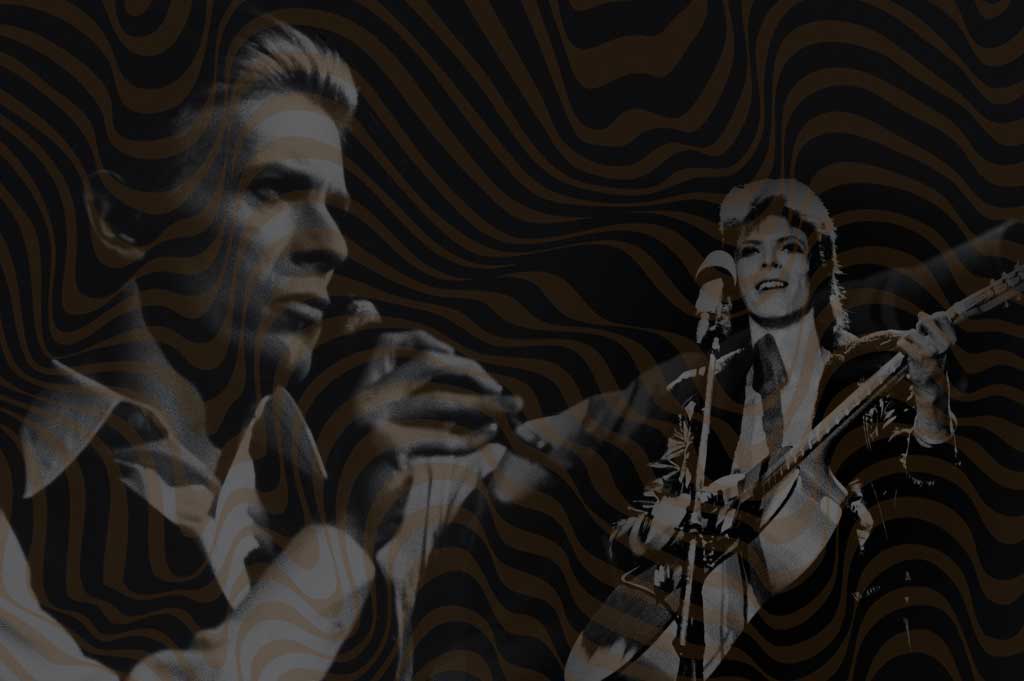The first time I saw a photograph of David Bowie and his amazing left eye, I remember thinking. . . .aah, he’s got a shaman eye. Somewhere back in my childhood I had been told that when someone has an eye that’s distinctly different from the other eye – this was the mark of a shaman. But, what does that really mean?

Screenshot from “Life on Mars” video
David Bowie was born with blue eyes – but, after an injury as a teenager, he ended up with one blue eye and his left eye, with a permanently enlarged pupil, appeared brown or green depending on the light.[ref]David Buckley, Strange Fascination. David Bowie: The Definitive Story, (London: Virgin Books, 1999), 21.[/ref]
Although visible birth marks and birth defects are sometimes considered shamanic markings – people who suffer from hardships and traumas in their early lives – like family tragedies, accidents, illnesses, or even rejection from the tribe – are also likely candidates for shamanhood. These experiences become part of their initiation process – forcing them to become familiar with the spirit world. By withstanding these trials, they build the strength and courage necessary to ultimately be transformed into a shaman.
David had injured his eye during a fight in high school and it nearly cost him his sight. He describes how “the pupil was paralyzed. It started bleeding. I was in hospital for months. I was very near to losing the sight in both eyes. They operated and saved my right eye but my left eye is still very dodgy.” [ref]Ibid., 5.[/ref] He was left with a paralyzed and permanently dilated pupil.[ref]Ibid., 21.[/ref]
This ordeal – and the other injuries and hard times he experienced growing up – set the stage for his initiation. His inspired music and theatrical performances were full of channeled messages from the dreamtime. He ultimately became a master of transformation – inviting his audience right along for the ride.
For more on the hard times in David Bowie’s early life, see my article, David Bowie – Shaman’s Apprentice.




